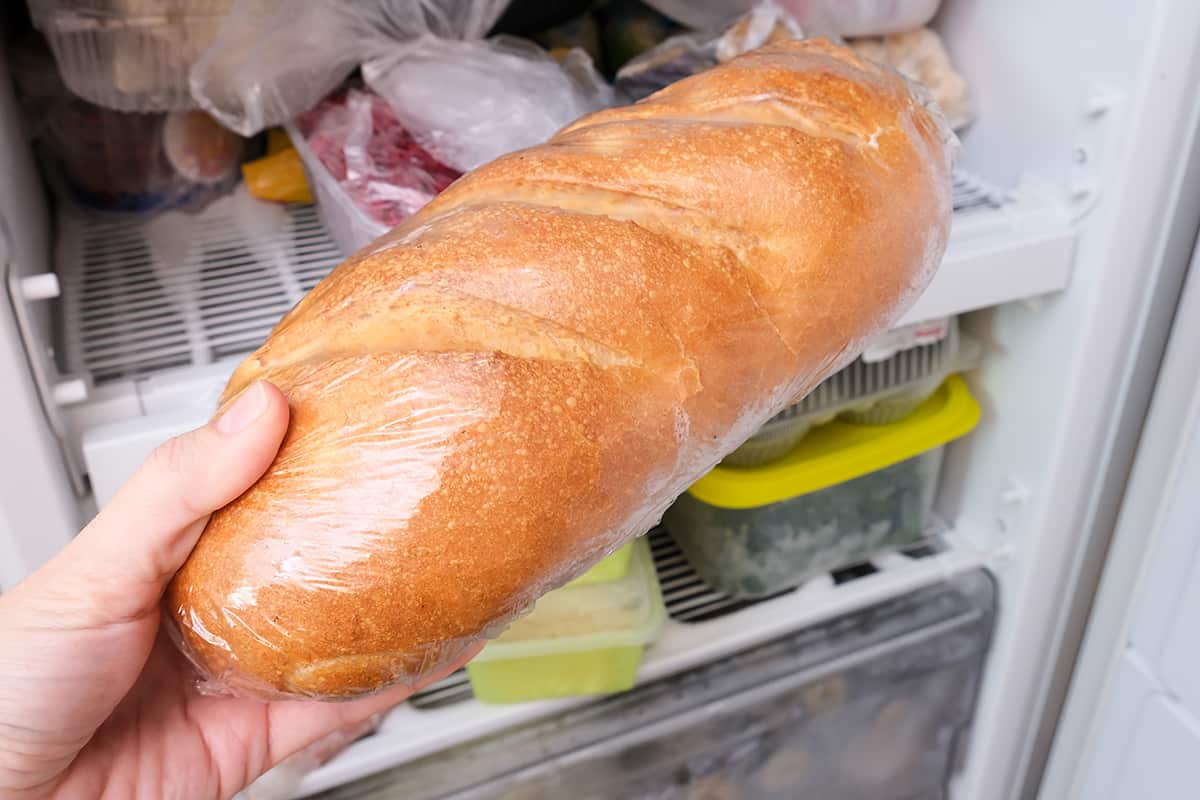

Articles
How Long Does Bread Keep In The Freezer
Modified: October 20, 2024
Find out how long bread can be kept in the freezer in this articles. Learn the best ways to store bread for longer freshness.
(Many of the links in this article redirect to a specific reviewed product. Your purchase of these products through affiliate links helps to generate commission for Storables.com, at no extra cost. Learn more)
Introduction
Freezing bread is a convenient way to extend its shelf life and ensure that you always have a fresh loaf on hand. Whether you buy bread in bulk, bake your own, or simply want to preserve the remnants of a delicious loaf, freezing is an excellent option. However, knowing how long bread can be kept in the freezer and the proper storage methods are essential for maintaining its quality.
In this article, we will explore the factors that affect the shelf life of bread in the freezer, recommended storage methods, how long bread can be kept frozen, signs of freezer burn to watch out for, tips for maintaining bread quality, and proper thawing methods.
Understanding these factors will help you make informed decisions about freezing bread and ensure that you can enjoy its freshness and taste for an extended period.
Key Takeaways:
- Properly packaging and labeling frozen bread in airtight containers or freezer bags helps prevent freezer burn and maintains its moisture, ensuring delicious, fresh-tasting bread for up to three months.
- Thaw frozen bread using room temperature, toasting, oven, microwave, or steam methods to preserve its texture and flavor, allowing for a delightful eating experience within a few hours.
Factors affecting the shelf life of bread in the freezer
Several factors can impact the shelf life of bread when stored in the freezer. Understanding these factors will help you determine how long you can keep your bread frozen without compromising its quality.
1. Packaging: The type of packaging used to store bread in the freezer plays a crucial role in preserving its freshness. It is best to use airtight containers, freezer bags, or wrap the bread tightly in plastic wrap to prevent moisture loss and freezer burn.
2. Quality of bread: The initial quality of the bread also affects how well it holds up in the freezer. Freshly baked bread or high-quality store-bought bread tends to freeze better compared to older or lower-quality bread.
3. Moisture content: Bread with higher moisture content tends to freeze more successfully. Moisture helps prevent the bread from becoming dry and stale when frozen. Look for bread varieties with a moist crumb or consider adding a bit of water or milk to dough before baking.
4. Sliced or unsliced: Sliced bread generally freezes better than unsliced loaves. Slicing the bread before freezing allows for easier portioning and makes it convenient to remove just the desired number of slices without thawing the entire loaf.
5. Freezing temperature: Bread should be frozen at a temperature of 0°F (-18°C) or below. Freezing at this temperature ensures that the bread remains frozen solid and prevents any bacterial growth that can affect its quality.
6. Freezer storage time: While freezing can prolong the shelf life of bread, it is not a permanent solution. Over time, bread can still develop freezer burn or become stale. It is essential to know the recommended storage time for bread in the freezer to ensure optimal quality.
By considering these factors and implementing proper storage techniques, you can maximize the shelf life of bread in the freezer and enjoy its fresh taste even after an extended period.
Recommended Storage Methods for Freezing Bread
Proper storage methods are essential to maintain the quality and freshness of bread when freezing. Follow these recommended techniques to ensure that your bread remains tasty and enjoyable after being thawed.
1. Airtight containers: Use airtight containers to store sliced or unsliced bread. These containers prevent the exposure of bread to air and help maintain its moisture content. Make sure the container is specifically designed for freezer storage and has a tight seal.
2. Freezer bags: Another popular option is to use freezer bags, which are designed to resist moisture and provide an extra layer of protection for the bread. Place the bread in a freezer bag, squeeze out any excess air, and seal it securely.
3. Plastic wrap: For individual slices or smaller portions of bread, tightly wrap them in plastic wrap. Make sure each slice is properly wrapped to prevent freezer burn and maintain optimal freshness.
4. Double wrapping: If you prefer extra protection, consider double-wrapping the bread. Start with plastic wrap and then place it in an airtight container or freezer bag. This double-layered approach helps maintain moisture and minimize the risk of freezer burn.
5. Labeling and dating: When freezing bread, it’s essential to label and date the packaging. Use a marker or labels to mark the freezing date on the container or bag. This practice helps you keep track of the bread’s storage time and ensures you consume it within the recommended timeframe.
6. Portion control: If you prefer to freeze bread in individual portions, it’s helpful to separate each slice or mini loaf with parchment paper or plastic wrap. This allows you to easily remove and thaw only the amount you need, leaving the rest of the bread untouched and preserving its freshness.
By following these storage methods, you can ensure that your frozen bread remains fresh, flavorful, and free from freezer burn. Properly packaging and storing bread in the freezer will significantly extend its shelf life while maintaining its quality.
Understanding the Process of Freezing Bread
The process of freezing bread involves reducing its temperature to a point where the growth of microorganisms is inhibited, thus preserving its freshness and quality. However, it’s important to understand the intricacies of freezing bread to ensure the best possible results.
1. Cooling down: After baking or purchasing bread, it’s crucial to allow it to cool completely before freezing. If bread is frozen while still warm, condensation can form, leading to moisture accumulation and a decline in quality.
2. Slicing: Slicing the bread before freezing offers several advantages. It allows for easier portioning and eliminates the need to thaw an entire loaf. Additionally, sliced bread tends to freeze and thaw more evenly compared to whole loaves.
3. Packaging: Proper packaging is key to maintaining the quality of frozen bread. Airtight containers, freezer bags, or tightly wrapped plastic wrap help prevent moisture loss, freezer burn, and the absorption of odors from other freezer contents.
4. Reducing air exposure: The presence of air can cause bread to become stale and lose its texture. When packaging bread for freezing, ensure minimal air exposure by tightly sealing containers or removing excess air from freezer bags.
5. Placement in the freezer: Place the packaged bread in the coldest part of the freezer, typically in the back or on the freezer floor. This ensures quicker freezing and maintains a more constant temperature, reducing the risk of freezer burn.
6. Frost-free freezers: If you’re using a frost-free freezer, be aware that it periodically melts and refreezes the ice to eliminate frost buildup. This cycling process can result in temperature fluctuations, potentially affecting the quality of frozen bread. Consider using additional insulation or placing bread in an additional layer of packaging to minimize exposure to temperature changes.
7. Storing at the appropriate temperature: Maintaining the proper freezing temperature is essential for preserving bread. Set your freezer to a temperature of 0°F (-18°C) or below, ensuring that the bread remains frozen solid and avoids any spoilage.
By understanding and following these steps, you can ensure that your bread freezes effectively, preserving its taste, texture, and quality for an extended period. Properly frozen bread can be a convenient and practical option for those who want to enjoy fresh bread at any time.
How Long Can Bread Be Kept in the Freezer?
The freezer provides an excellent storage option for bread, allowing it to be preserved beyond its usual shelf life. However, it’s important to note that bread can still deteriorate in quality over time, even when frozen. The specific length of time that bread can be kept in the freezer depends on several factors.
1. Commercially baked bread: Store-bought bread typically has preservatives that help extend its shelf life. When properly stored in the freezer, commercially baked bread can last for up to three to six months without a significant decline in quality.
2. Homemade bread: Homemade bread, without preservatives, tends to have a shorter freezer shelf life compared to store-bought bread. Homemade bread can be kept in the freezer for around two to three months while maintaining satisfactory quality. After this time, it may start to develop freezer burn or become dry and stale.
3. Sliced bread: Sliced bread generally freezes better than whole loaves. The smaller individual portions allow for easier and more convenient thawing, reducing the need to unfreeze the entire loaf. Sliced bread can typically be stored in the freezer for up to three months without significant quality degradation.
4. Properly packaged bread: The quality and longevity of frozen bread depend on the packaging method. Airtight containers, freezer bags, or tightly wrapped plastic wrap help preserve the bread’s moisture and prevent freezer burn. When properly packaged, bread can be safely stored in the freezer for the recommended time frames mentioned above.
5. Freezer storage conditions: Consistently maintaining the freezer temperature at 0°F (-18°C) or below is crucial for the quality and preservation of bread. Fluctuations in temperature can negatively impact the bread’s texture and taste. Additionally, minimizing air exposure and avoiding frequent thawing and refreezing will help maintain the bread’s quality for a more extended period.
It’s important to note that while bread can be kept frozen for several months, it is generally recommended to consume frozen bread within the first few months for the best flavor and texture. Over time, bread may start to develop freezer burn or become stale, resulting in a noticeable decline in quality.
By being mindful of these factors and adhering to recommended storage practices, you can enjoy frozen bread that remains delicious and satisfying for an extended period.
To keep bread fresh in the freezer, wrap it tightly in plastic wrap or aluminum foil to prevent freezer burn. It can last for up to 3 months.
Read more: How Long Can You Keep Alcohol In The Freezer
Signs of Freezer Burn on Bread
Freezer burn is a common occurrence when bread is not properly stored in the freezer. It can affect the texture, taste, and overall quality of the bread. Recognizing the signs of freezer burn is important to avoid consuming bread that has deteriorated in taste and texture.
1. Dry, leathery appearance: One of the most noticeable signs of freezer burn on bread is a dry, leathery appearance. The surface of the bread may appear shriveled and discolored, with patches of white or grayish coloration.
2. Changes in texture: Freezer burn can cause changes in the texture of the bread. It may become tough, dry, or brittle. When you touch the affected areas, you may notice a crumbly or grainy texture.
3. Loss of freshness: Bread with freezer burn loses its freshness and may develop an off or stale taste. The flavors may be diminished, and the bread may taste bland or unpleasant.
4. Ice crystals: Another sign of freezer burn is the presence of visible ice crystals on the surface or inside the bread. These ice crystals are formed when moisture in the bread is exposed to air and then freezes.
5. Odor changes: Freezer burn can also affect the aroma of the bread. Instead of a pleasant, fresh-baked smell, freezer-burnt bread may have a slightly rancid or off-putting odor.
6. Accelerated deterioration: Over time, freezer-burnt bread will continue to decline in quality. The affected areas may spread, and the overall taste and texture will deteriorate even further.
It’s important to note that while freezer burn may not render the bread unsafe to eat, it does affect the taste and texture. Consuming bread with severe freezer burn is generally not recommended, as it may result in a disappointing and unsatisfying eating experience.
To prevent freezer burn, ensure that the bread is well-packaged in airtight containers, freezer bags, or tightly wrapped in plastic wrap. Minimize air exposure, and avoid frequent thawing and refreezing. Additionally, adhering to the recommended storage time frames can help maintain the quality of the bread and minimize the risk of freezer burn.
By being attentive to the signs of freezer burn and employing proper storage techniques, you can enjoy frozen bread that remains fresh, flavorful, and free from freezer burn.
Tips for Maintaining Bread Quality in the Freezer
Maintaining the quality of bread in the freezer requires proper storage and handling techniques. By following these tips, you can ensure that your frozen bread retains its freshness, flavor, and texture:
1. Use quality packaging: Opt for airtight containers, freezer bags, or tightly wrapped plastic wrap to protect the bread from air and moisture. These packaging options help prevent freezer burn and maintain the bread’s moisture content.
2. Slice before freezing: Slice the bread before freezing for easier portioning and thawing. It also reduces the need to thaw the entire loaf if you only need a few slices at a time.
3. Store in individual portions: If you prefer individual servings, divide the bread into separate portions before freezing. Wrap each slice or mini loaf individually to maintain freshness and prevent moisture loss.
4. Use proper labeling and dating: Label and date the packages of frozen bread to keep track of storage time. This ensures that you consume the bread within the recommended timeframe for optimal quality.
5. Avoid frequent temperature fluctuations: Minimize opening the freezer door unnecessarily to maintain a stable and consistent temperature. Frequent temperature changes can affect the quality of the bread and lead to freezer burn.
6. Store bread in the coldest part of the freezer: Place the bread in the back or on the freezer floor, as these areas tend to be the coldest. This helps in maintaining a consistent temperature and reducing the chances of freezer burn.
7. Avoid refreezing thawed bread: Once you have thawed frozen bread, it’s best to consume it promptly. Refreezing thawed bread can affect its texture and taste, leading to a decline in quality.
8. Keep an inventory: Keep track of the bread you have in the freezer to ensure that you use it within the recommended storage time. This will help avoid wasting bread that has been in the freezer for too long.
By following these tips, you can ensure that your frozen bread maintains its quality, taste, and texture. Proper packaging, labeling, and storage techniques are key to preserving the freshness of the bread and ensuring a delightful eating experience when it’s time to enjoy your frozen loaf.
Proper Thawing Methods for Frozen Bread
Thawing frozen bread properly is essential to preserve its texture, flavor, and freshness. Improper thawing can result in a soggy or dry loaf, compromising the overall quality. Utilize these proper thawing methods to enjoy your frozen bread at its best:
1. Room temperature thawing: The simplest and most common method is thawing bread at room temperature. Remove the frozen bread from its packaging and place it on a wire rack or a clean countertop. Allow it to thaw naturally at room temperature. The time required for thawing depends on the size and type of bread but can range from a few hours to overnight.
2. Use plastic wrap or a bread bag: To prevent moisture loss during room temperature thawing, loosely wrap the bread in plastic wrap or place it in a breathable bread bag. This will help retain moisture and prevent the bread from drying out.
3. Toaster or toaster oven: Slicing the frozen bread before toasting allows for even and quicker thawing. Place the slices in a toaster or toaster oven and toast them until they are heated through and have a crisp outer texture. Keep an eye on the bread to avoid over-toasting or burning.
4. Oven method: If you have a whole frozen loaf that you want to thaw, the oven method can be used. Preheat your oven to a low temperature, around 275°F (135°C). Wrap the frozen bread in aluminum foil and place it on a baking sheet. Bake for 15-20 minutes or until the bread has thawed completely. Remove the foil and continue baking for a few more minutes to crisp up the crust if desired.
5. Microwave method: The microwave can be used for quick thawing, especially for slices of frozen bread. Wrap the slices loosely in a damp paper towel to prevent them from drying out. Microwave on a low or defrost setting for short intervals, checking and flipping the slices periodically until they are thawed and soft. Be cautious not to overheat, as this may result in an uneven texture or make the bread rubbery.
6. Steam method: For crusty bread like baguettes or French bread, using the steam method can help revive the texture. Preheat your oven to 350°F (175°C) and lightly dampen the bread’s crust with water. Place it directly on the oven rack or on a baking sheet and bake for a few minutes until the crust becomes crisp and the bread has thawed.
Remember to consume thawed bread within a few hours to enjoy it at its freshest. If you have thawed more bread than you need, consider slicing and re-freezing it in portioned bags for future use.
By employing these proper thawing methods, you can revitalize your frozen bread to its original taste and texture, allowing you to enjoy a delicious and satisfying eating experience.
Conclusion
Freezing bread is a convenient way to prolong its shelf life and ensure that you always have a fresh supply on hand. By understanding the factors that affect the shelf life of bread in the freezer and implementing recommended storage methods, you can maintain its quality for an extended period.
Proper packaging, such as using airtight containers, freezer bags, or plastic wrap, helps prevent moisture loss and freezer burn. Slicing the bread before freezing allows for easier portioning and quicker thawing. Additionally, labeling and dating the packages ensure that you consume the bread within the recommended storage time.
Recognizing the signs of freezer burn, such as dry appearance, changes in texture, loss of freshness, ice crystals, and changes in aroma, is important to avoid consuming bread that has deteriorated in quality. By adhering to proper storage practices, including minimizing air exposure and maintaining stable freezer temperatures, you can prevent freezer burn and preserve the taste and texture of the bread.
When it comes time to thaw the frozen bread, choosing the right method is crucial. Whether you opt for room temperature thawing, toasting, oven, microwave, or steam methods, follow the appropriate thawing techniques to retain the bread’s freshness and flavor. It’s important to note that thawed bread should be consumed within a few hours to enjoy it at its best.
In conclusion, with the proper knowledge and techniques, you can successfully freeze and thaw bread while maintaining its quality. By taking care during the freezing, storage, and thawing processes, you can enjoy delicious, freshly-tasting bread even after it has been stored in the freezer. So, stock up on your favorite loaves, follow these guidelines, and say goodbye to wasted bread and hello to long-lasting freshness!
Frequently Asked Questions about How Long Does Bread Keep In The Freezer
Was this page helpful?
At Storables.com, we guarantee accurate and reliable information. Our content, validated by Expert Board Contributors, is crafted following stringent Editorial Policies. We're committed to providing you with well-researched, expert-backed insights for all your informational needs.


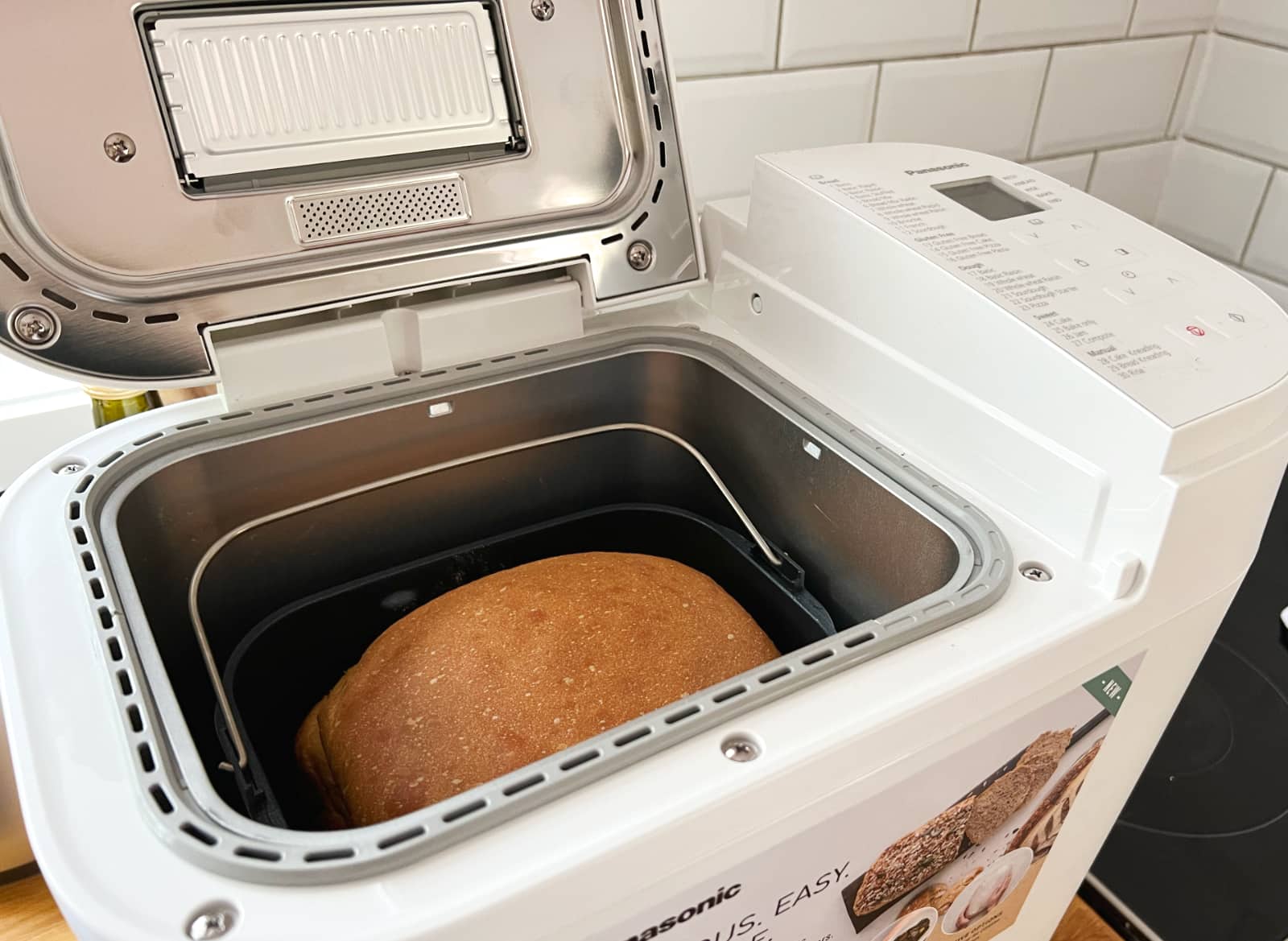
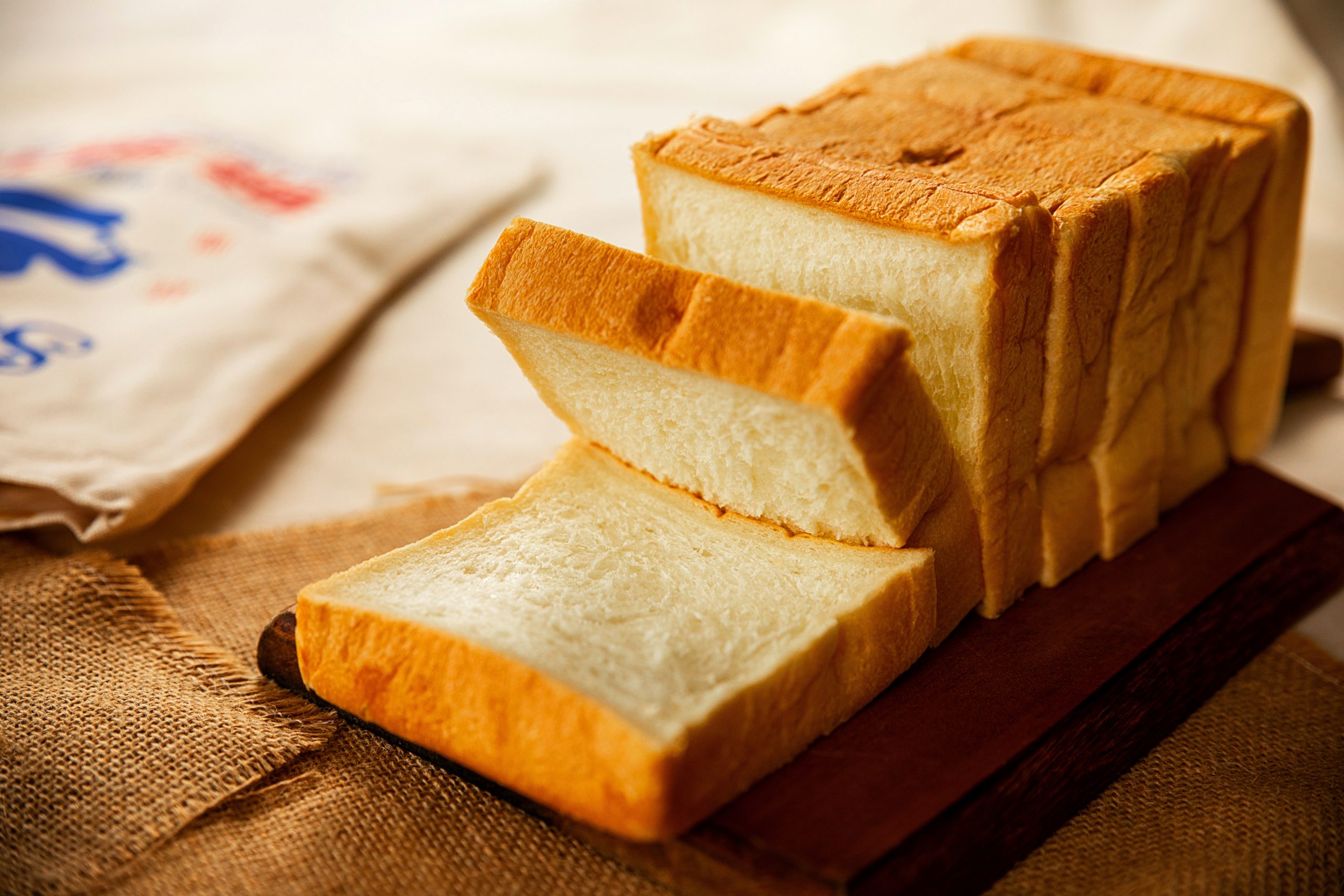
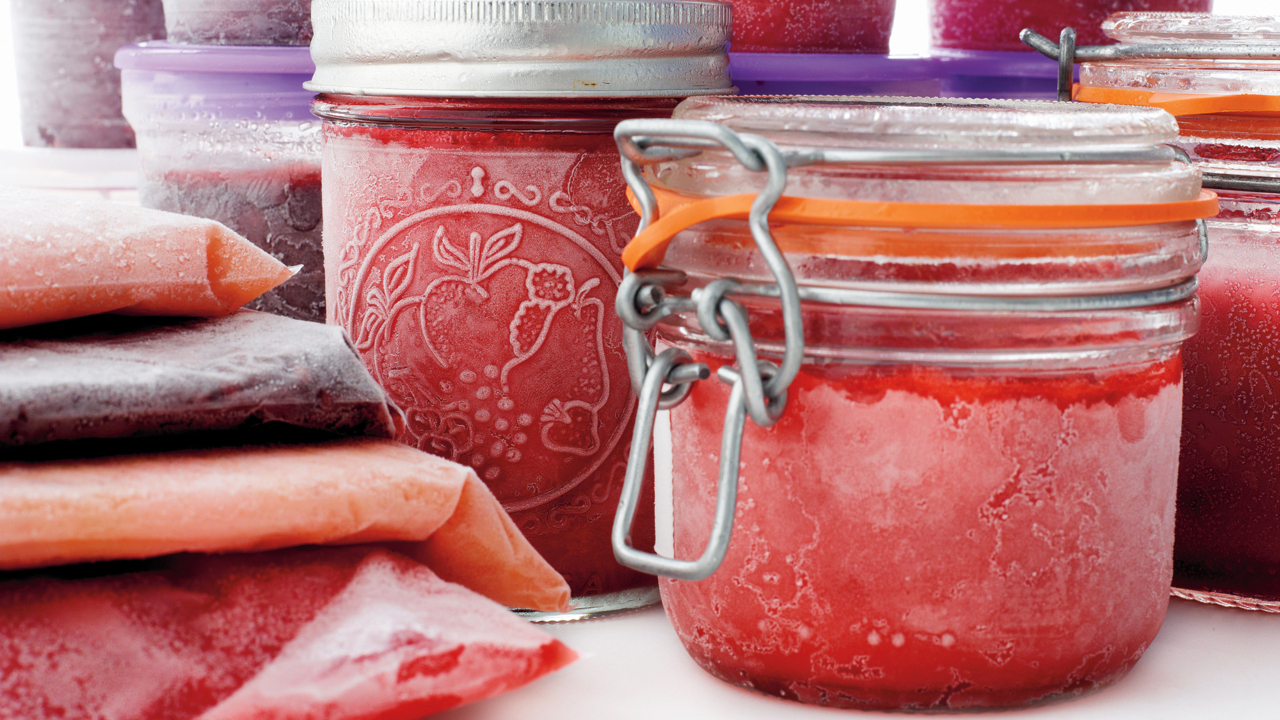


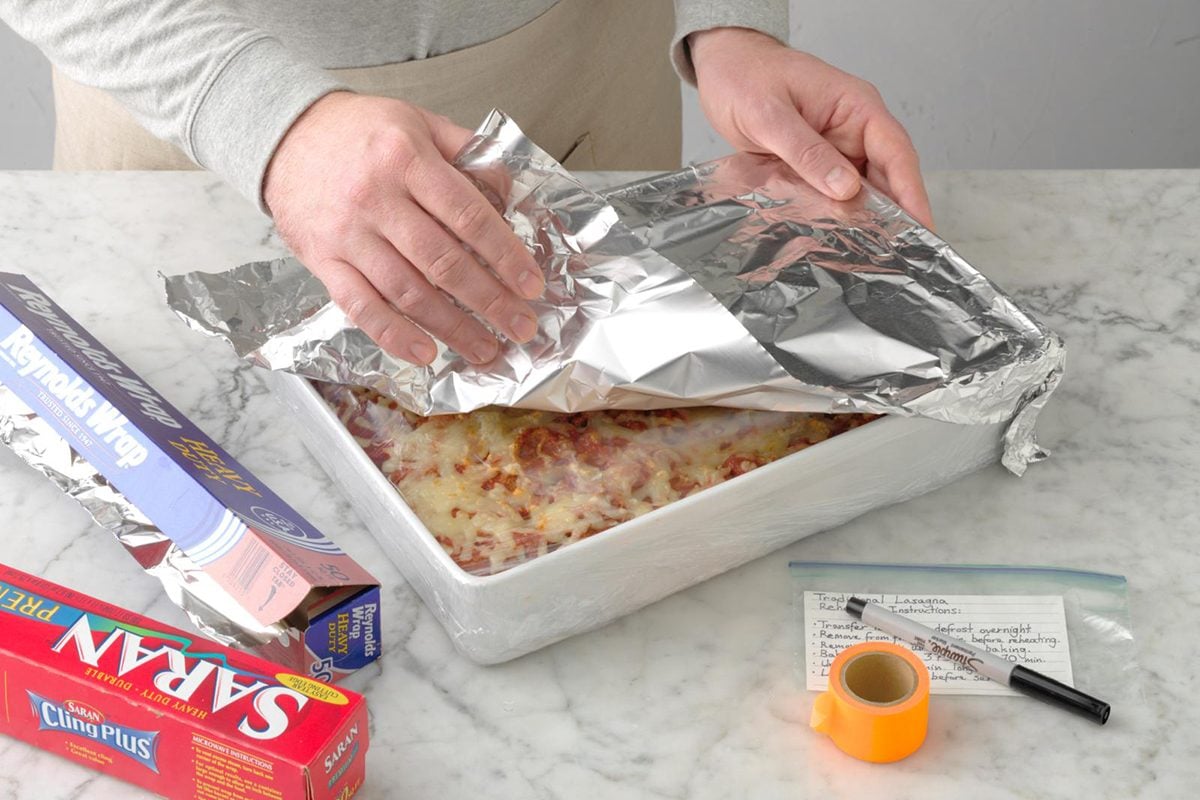
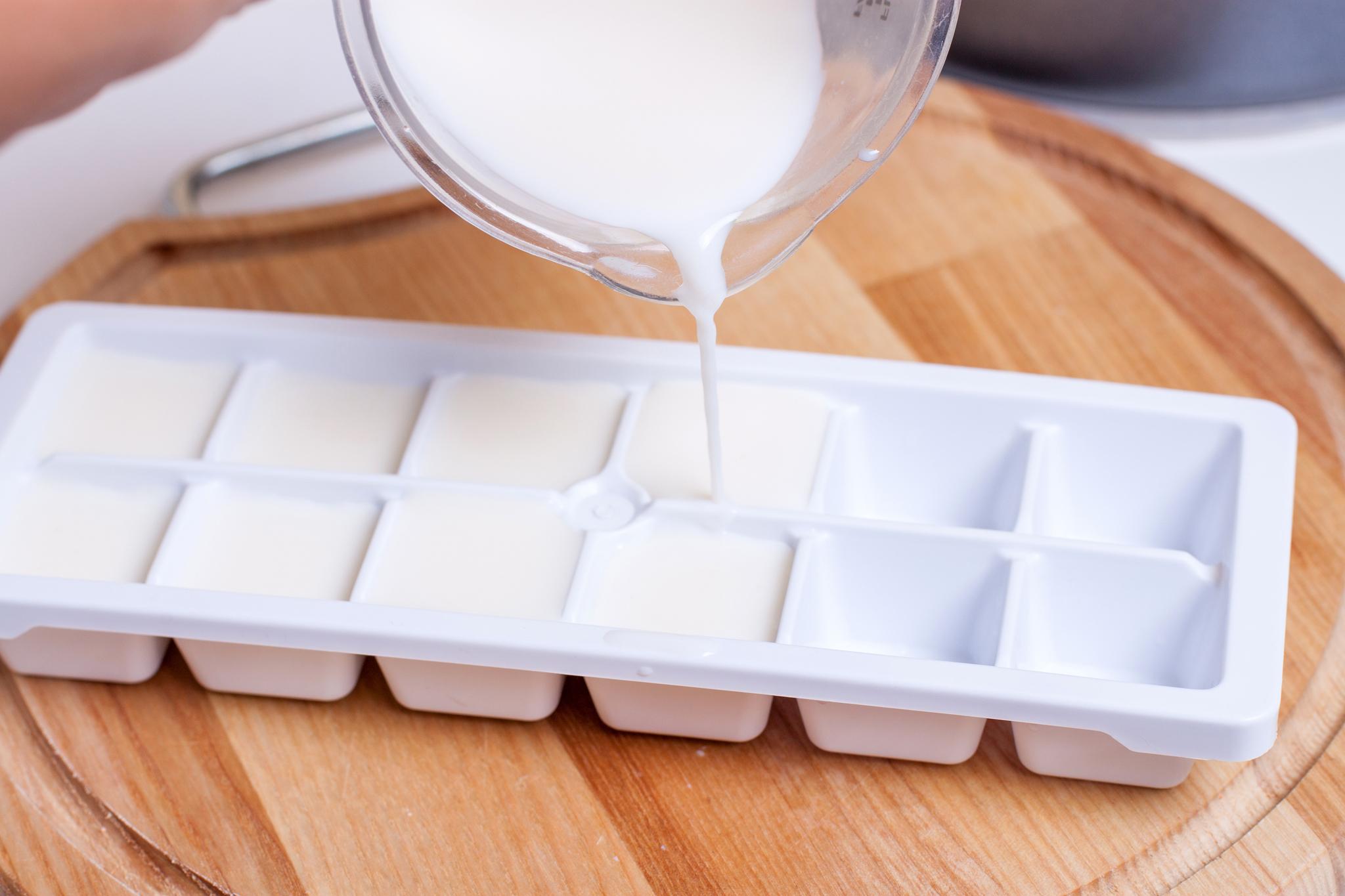

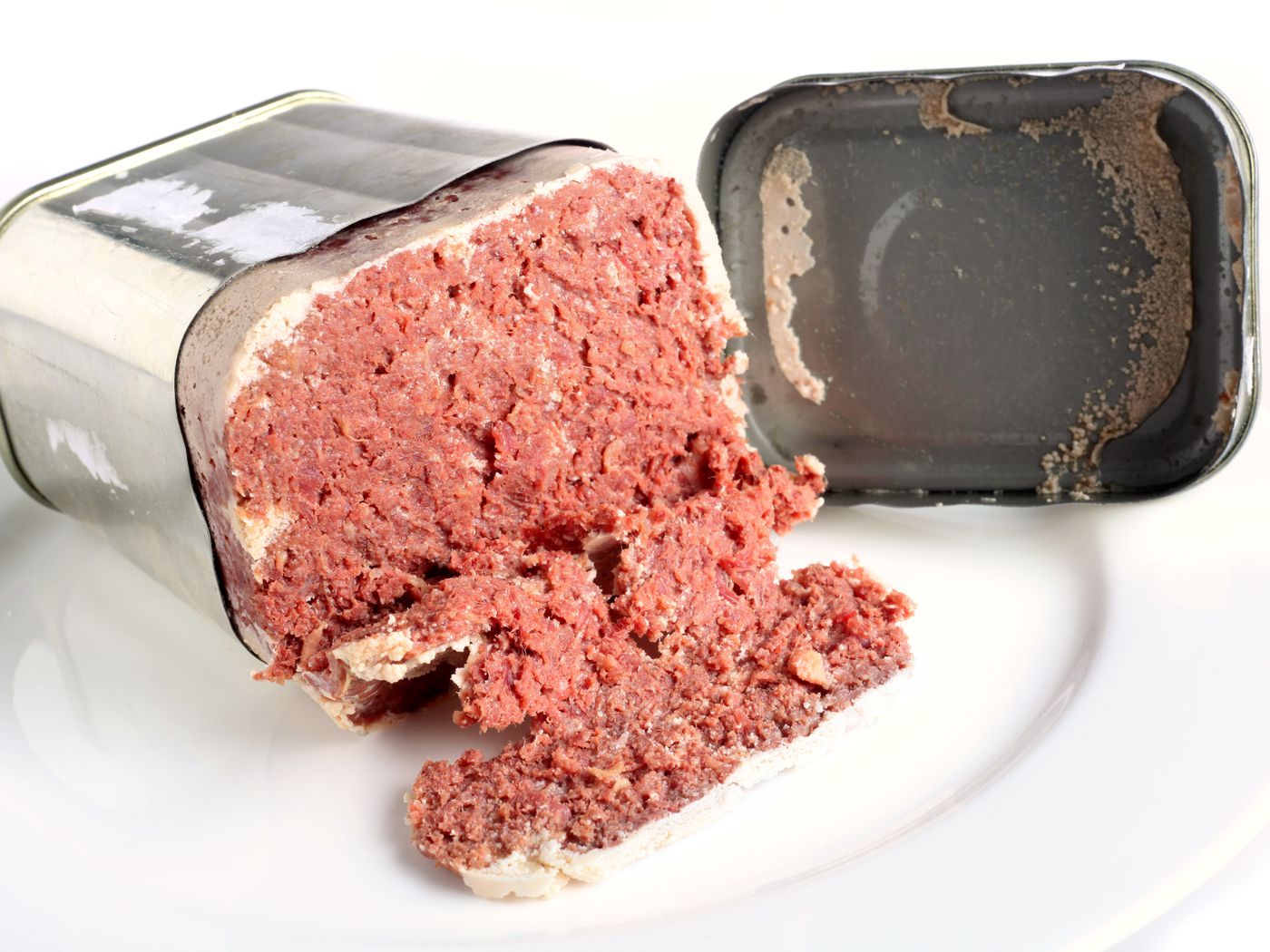
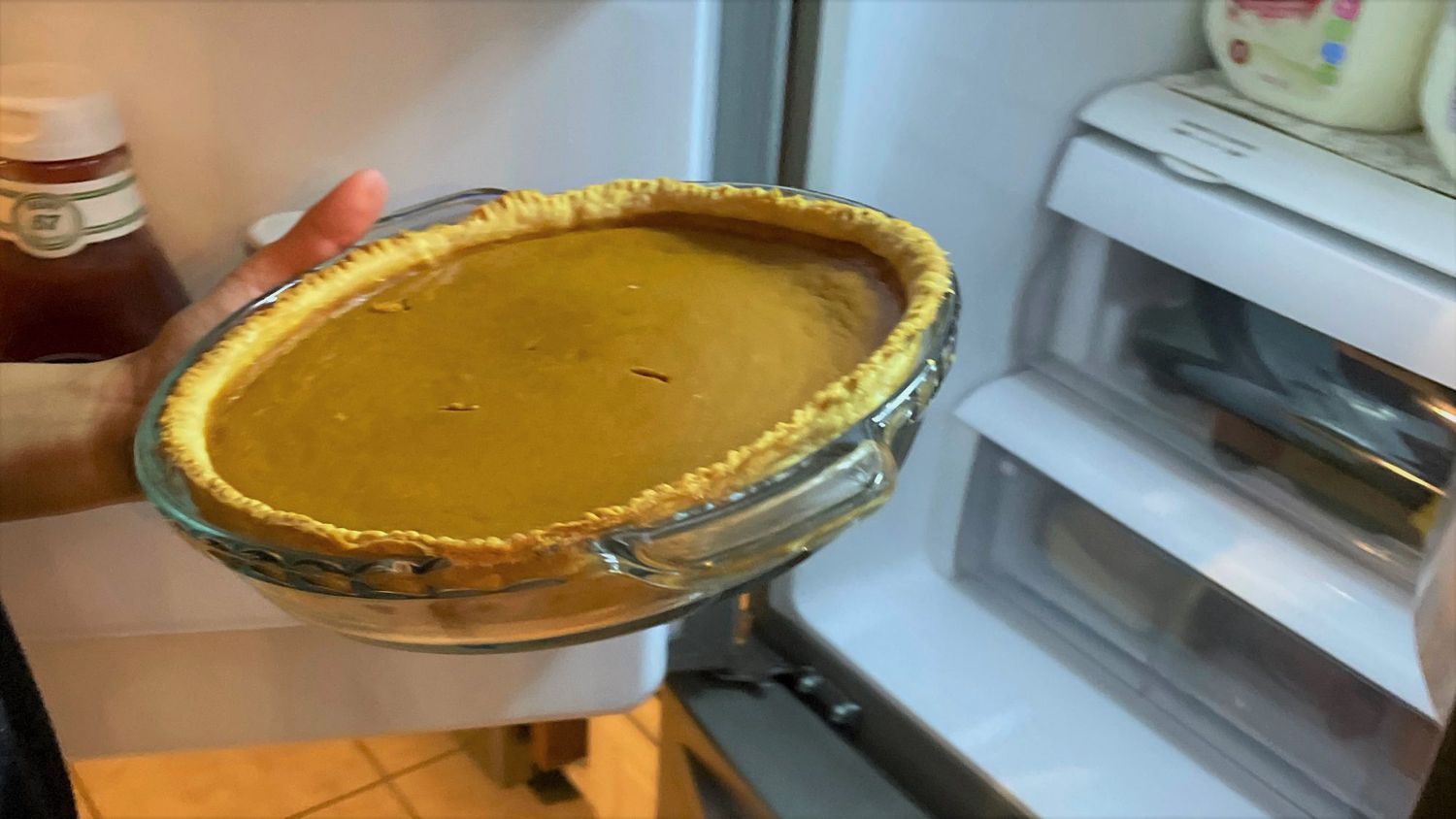
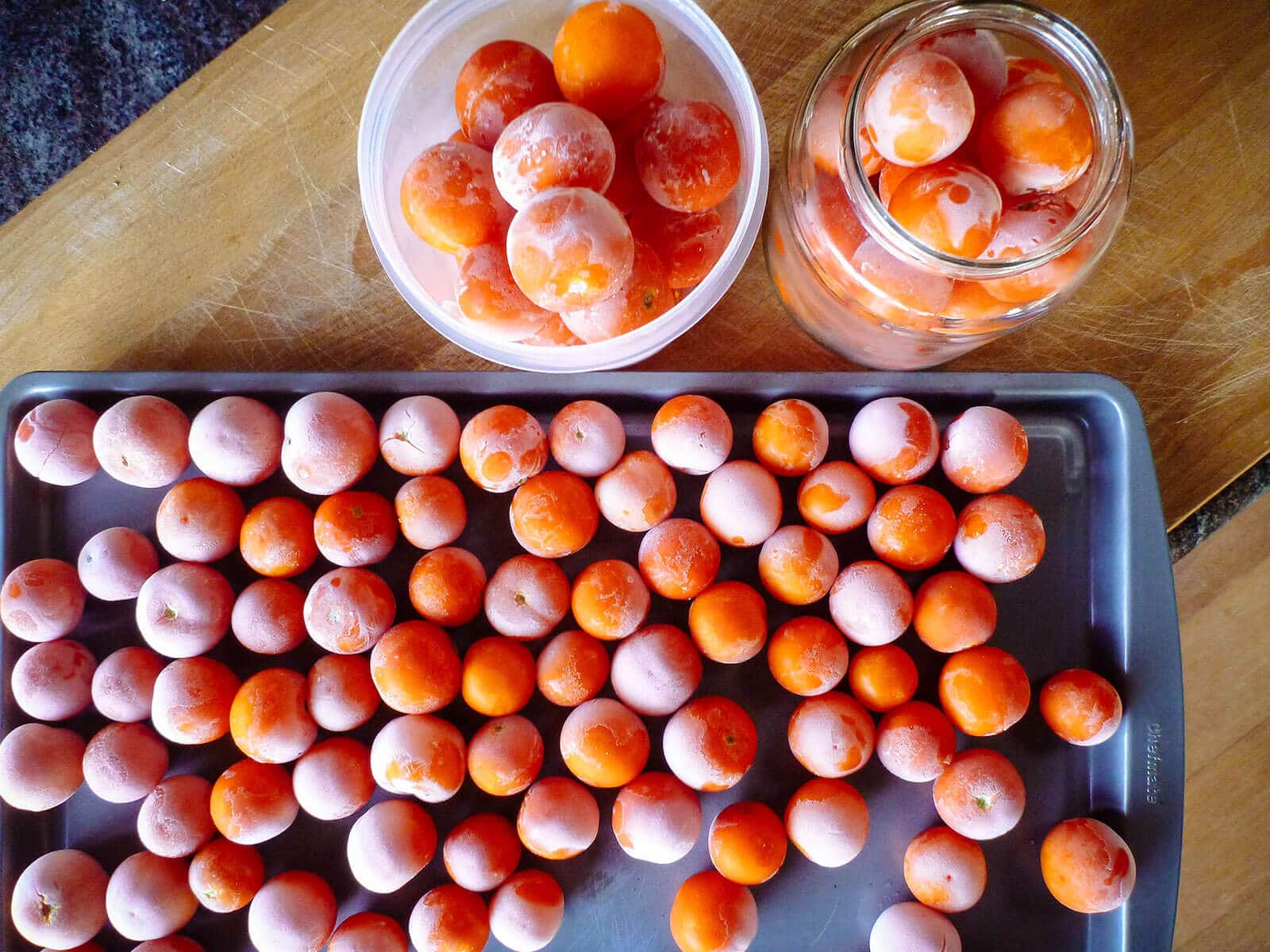


0 thoughts on “How Long Does Bread Keep In The Freezer”